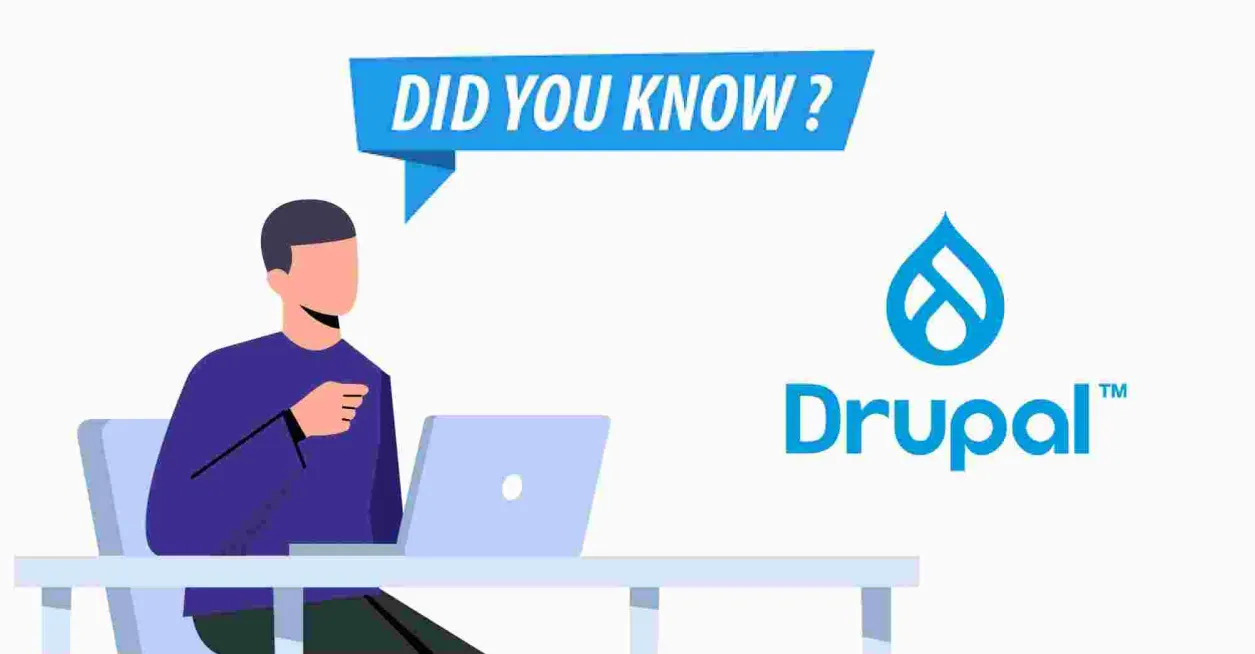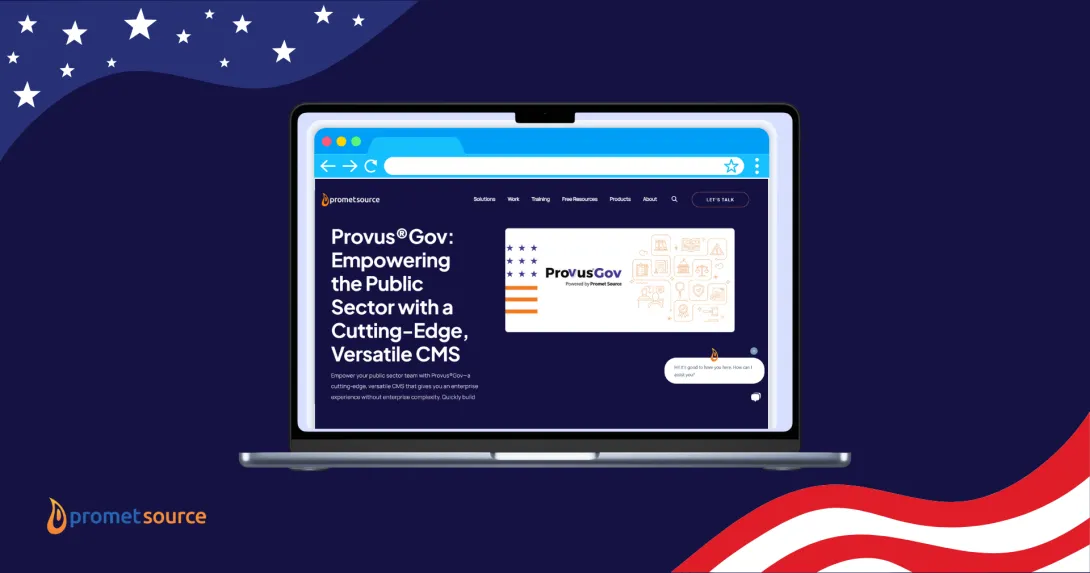Did You Know? 4 Fun Facts about Drupal

I’ve done a lot of Drupal training over the years. Drupal is an awesome CMS and I love the opportunity to help those who are new to Drupal to get solid, career-boosting skills. Invariably, there are "AHA" moments among class participants who learn something about Drupal that they had never heard before and come to see Drupal in a new way.
“There’s a module for that” (and it’s free)!
This is not surprising to anyone who has been around Drupal for any length of time, but participants in my classes who are coming from other CMSs sometimes have a hard time wrapping their heads around the fact that Drupal modules are actually free.
Costs for maintaining extensions and or plug-ins for other major CMSs range from surprisingly steep to even higher.
Drupal modules on the other hand: free.
Those of us who work in Drupal have co-opted “There’s an app for that,” and we often find ourselves saying, “There’s a module for that.” I’ve found that 99 times out of 100, there is. It boggles the mind.
When I get questions in class such as, “Does Drupal lock nodes when you start to edit them out of the box? It doesn’t, but there’s a module for that.
“Can I make human-friendly URLs?” There’s a module for that.
“Can I schedule content?” Yes. There's a module for that
For people who have been around Drupal for a while, the concept of free modules is often just taken for granted, but for people who are new to Drupal, this is quite the revelation.
Drupal 8.8 and 8.9 are practically identical to Drupal 9.
If you have a Drupal 8.8 site or above, moving to Drupal 9 is very simple. A site builder or someone who feels comfortable using the command line can relatively easily carry out a migration to Drupal 9.
On the other hand, if you are looking to migrate to Drupal 9 from 8.7 or below (Drupal 8.0 through 8.7), the process is not so simple. There is an entire checklist to go through and everything needs to be correct before you can migrate.
Drupal was started by Dries Buytart in Belgium, from his University of Antwerp dorm room.
Joining the humble beginnings of multi-nationals such as Hewlett-Packard, Microsoft, and Facebook, which were started in dorm rooms or garages. Drupal original inspiration was a wireless connection among dorm rooms.
When looking for a fitting domain name, Dries originally settled on “Dorp,” which is Dutch for Village. In researching Dorp.org to see whether it was available, he transposed two letters and decided to stick with Drop.org.
In January 2001 Dries decided to release the software behind drop.org for purposes of extending the experimentation platform for web development. He called the software Drupal, which is derived from the Dutch word druppel, which means “drop.”
Drupal powers some of the world’s most important websites.
Major sites in every vertical are on Drupal, including many U.S Federal Government, Federal Courts, and state and local government sites. NASA is on Drupal 9, along with the TSA, Homeland Security, Tesla, leading universities, and Habitat for Humanity.
Want to sharpen your knowledge and know-how concerning the possibilities inherent in this powerful CMS? Check out Promet’s approach to training.
Get our newsletter
Get weekly Drupal and AI technology advancement news, pro tips, ideas, insights, and more.






